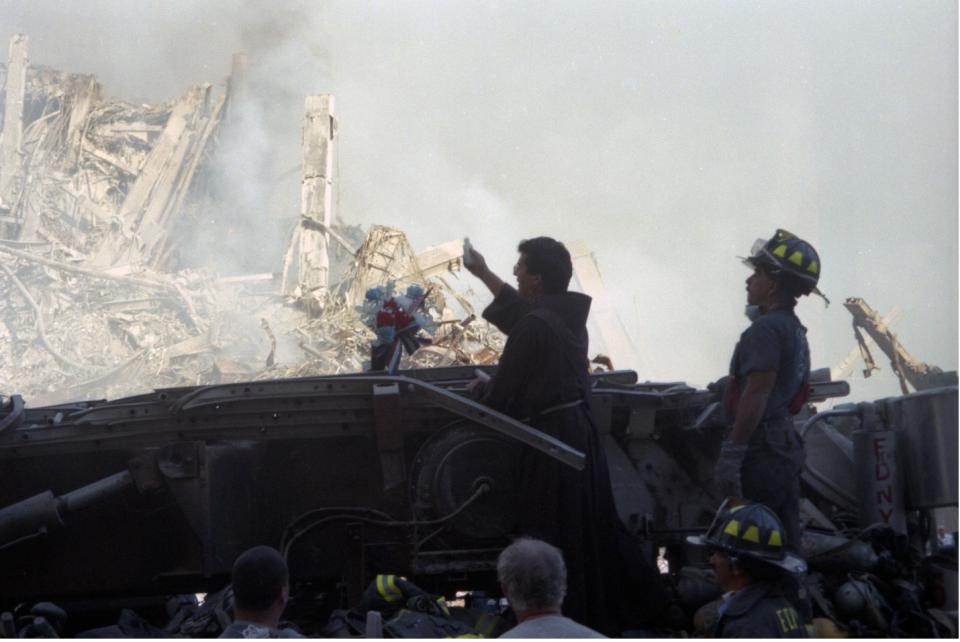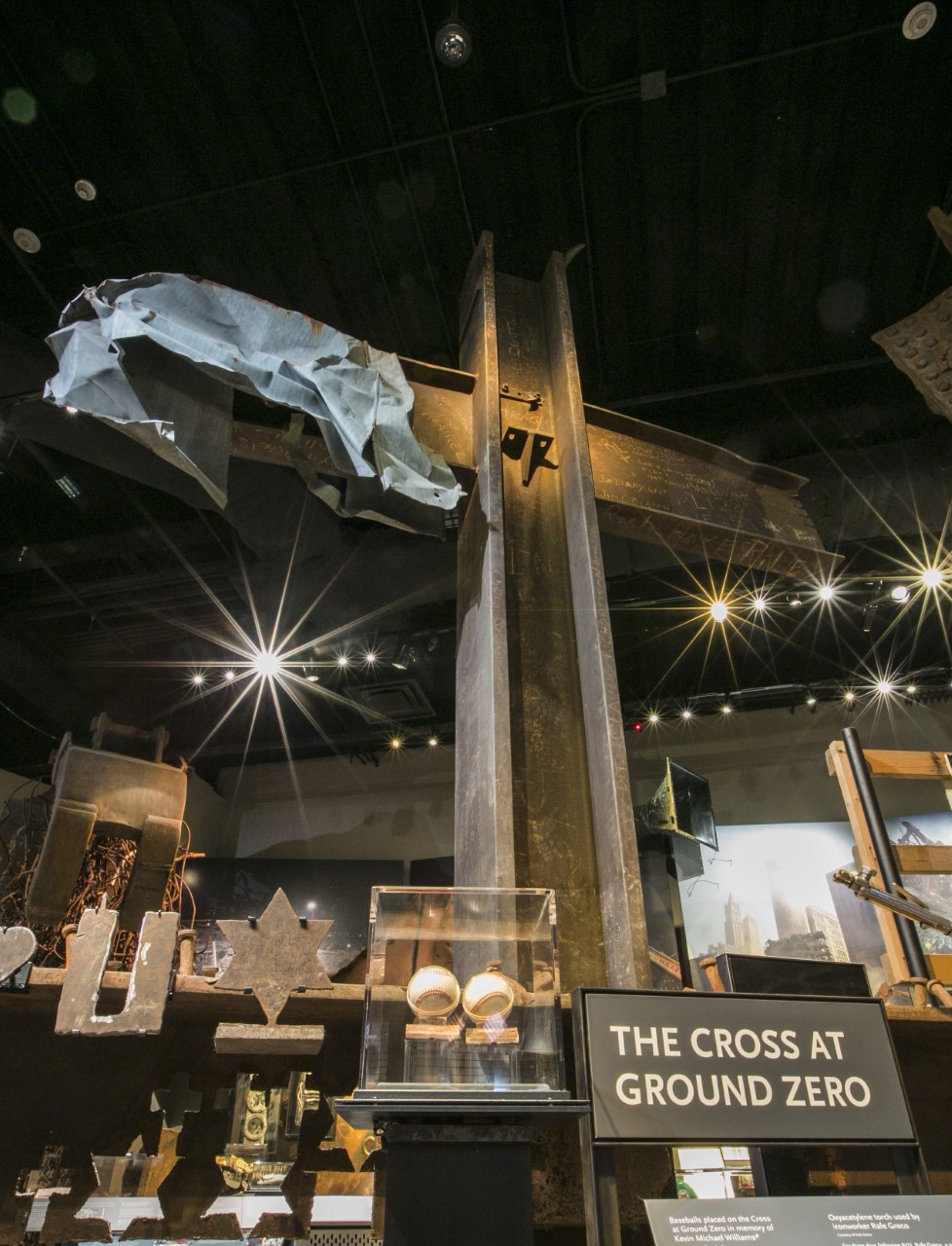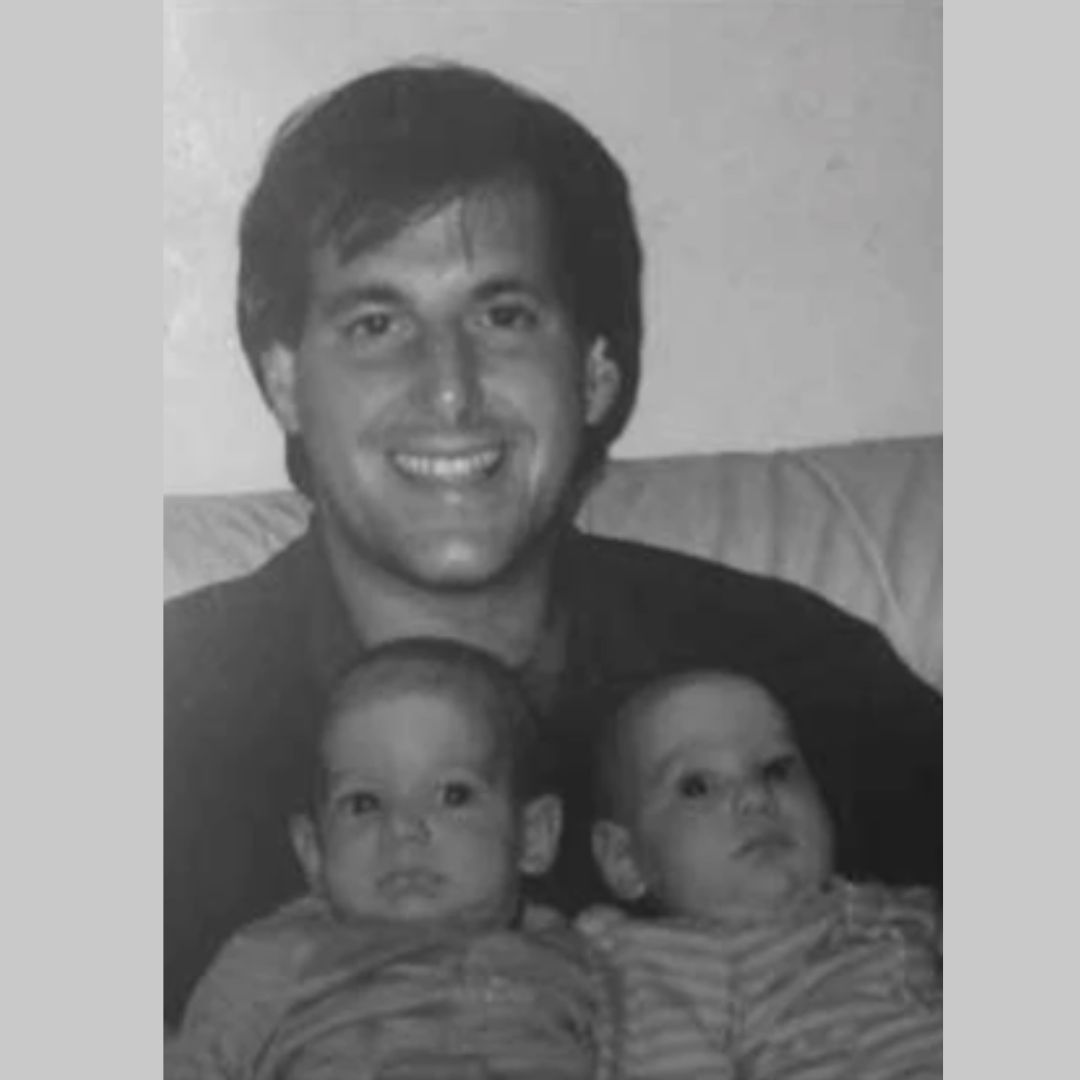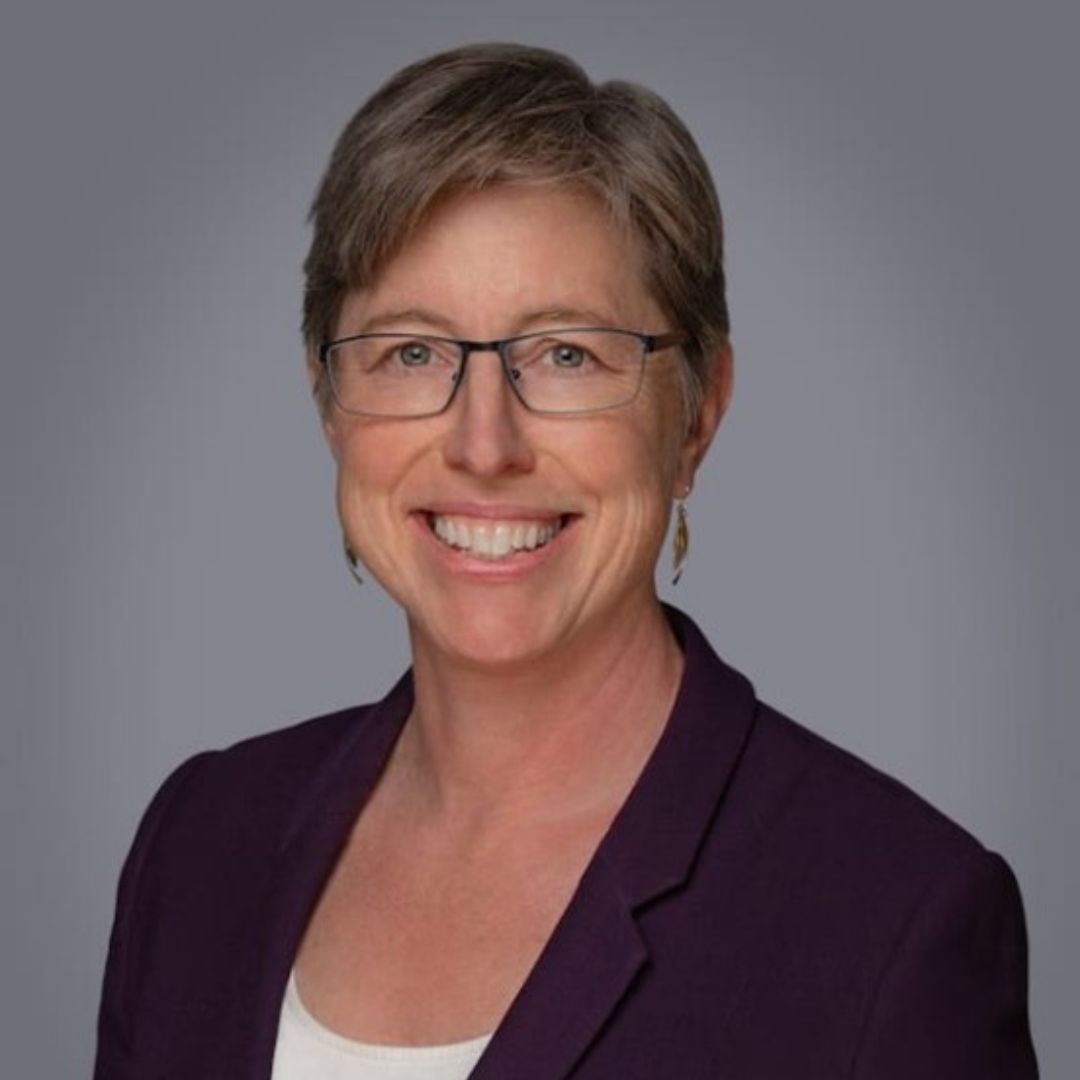Make a donation to the museum
Rescue & Recovery: In Their Own Voices With Father Brian Jordan
Rescue & Recovery: In Their Own Voices With Father Brian Jordan
- December 23, 2022

Father Brian Jordan, a Franciscan priest, spent 9/11 blessing bodies at Ground Zero. He went on to deliver Mass at Ground Zero for nearly 10 months, ministering to rescue and recovery workers of all faiths. In this installment of our "In Their Own Voices" series, Father Jordan recalls the time he spent at Ground Zero and the impact of his work not only on the community, but on himself.

From the Museum's Historical Exhibition: Intersecting steel beam that became known as the World Trade Center Cross, where Father Brian Jordan held Sunday Mass for rescue and recovery workers in the weeks and months following 9/11.
Where were you on 9/11?
I was at New York Presbyterian Hospital in Washington Heights when I found out that the World Trade Center was attacked. I procured a cab, which took me down to about West 70th Street. That was as far as we could go, and I started walking. I realized I was the only person walking south on Broadway. Everyone else was walking north to escape the terror and the tragedy that occurred earlier that morning.
When I got down to St. Francis of Assisi Church on West 31st Street, I went into my office. I realized that my phone, my private line, was the only one working in the building. I let all the people who were lost, looking for loved ones, confused, and scared use it to call their loved ones. We gave out water, and we let them sit in the church to relax.
After a while, I decided to get some holy water and go down to the World Trade Center to see what I could do to be of assistance. Around 1 pm, one of my other fellow Franciscans informed me that my good friend, mentor, and fellow Franciscan Father Mychal Judge, was killed at the World Trade Center. At the time, he was serving as a chaplain to the FDNY. I had to decide whether to feel sorry for myself or do what Mychal would want me to do. So I walked all the way down to the site. I recognized a couple of the police officers and they let me go in to start blessing bodies. I did that for a good part of the day before I went back to the friary.
What role, if any, did you play in the rescue, recovery, and relief efforts?
The following day, I went down with a group of firefighters. We were going through the debris and found a couple of firetrucks that were destroyed.
A few days later, on September 16, I said my first Mass at Ground Zero. The following week, I said Mass again. I met Frank Silecchia, a construction worker from Local 731. He asked me if I wanted to "see God’s house.’" I looked at him and said, “God’s house is right there. St. Peter’s Church is right nearby.” He said, “No, the real house.” I followed him and went into what was 6 World Trade Center. He said, “Look down below, Father.” Right there, I saw for the first time the famous cross at Ground Zero. I realized that God was right there.
Working with the mayor’s office, we agreed the cross needed to be saved. On October 4, we had a blessing ceremony. Uncoincidentally, October 4 is the Feast of St. Francis, the patron saint of ecology. St. Francis is very much a figure of interfaith. People are very devoted to him because of his great devotion to nature and animals. Since we were standing alongside Mother Earth on sacred ground, I thought that was a befitting day to bless the cross.
The cross was excavated and put on top of a concrete abutment on the corner of Vesey and West Streets. At the blessing ceremony, there was representation of all those from the site: a police officer, firefighter, Port Authority officers, and members of the building construction trades. At least 300-400 people were in attendance. It gave a boost of energy to the people at the time.
On Sunday, October 7, we held our first Mass by the cross, and continued to do so every Sunday morning thereafter, until February when the cross was moved to a new location in lower Manhattan. [Father Jordan continued to deliver Mass at Ground Zero throughout the rescue and recovery effort.]
Can you describe the bond between yourself and other recovery workers? How has this community impacted you?
People from all faith traditions were welcome to Mass. Everyone was invited. This was the worst tragedy in the history of the city and the history of the continental United States. I was there to invite people to come together— not to divide us, to unify us. We did indeed come together.
I thought the bucket brigade was one of the greatest sights I saw of humanity. All different groups pitched in and moved the buckets. I tried to do it, but I realized after 20 minutes that it was too heavy. I was a priest, not a construction worker. I was proud of all those people that were there. They were all volunteers; these weren’t just paid workers. After a while, they wanted paid workers there. It was a privilege to be able to serve among those men and women. I wouldn’t trade it for the world.
Left: Life-sized Polaroid of Father Jordan by Joe McNally. Right: Pen and ink drawing of Father Jordan by John Coburn. A house fire left its edges visibly singed.
What does May 30 mean to you?
On May 30, 2002, the day the Last Column was removed, I was proud of the city. It was also Fleet Week here in New York. There were hundreds of union construction workers, and the crane from Local 15 placed the Last Column on the flatbed truck. The pipe and drum and bands from the different unions were right behind the truck. While going up the ramp, there were police officers, firefighters, marines, and the U.S. Navy, all standing in salute thanking the union construction workers. I thought that was a wonderful, beautiful, outstanding gesture. I’m seeing grown men, these tough guys, crying that they’re finally being appreciated for all the work they did. I’m very grateful to the city for recognizing the construction workers. Everyone talks about the firefighters and police officers, and that’s important, but 80 percent of recovery workers were union construction workers and they don’t get as much mention.
Is there anything else you'd like to add?
The only exception we made to Sunday Masses was on December 24. I was allowed to do a Midnight Mass at the site. I’ve been a priest for 27 years [at the time of recording in 2010] and this was the coldest Midnight Mass I’d ever done in my life. All workers were invited to attend, and we had about a 160 people show up. I was proud of them. There were even family members who participated at Mass. The Mass was catharsis for them. Even though they lost their husband, brother, sister, or spouse, they could grieve on Christmas Eve at this site rather than be at home, isolated from the event. It was very helpful for them in an emotional, spiritual manner. I was glad to help and be part of that celebration with them. It was deep catharsis for myself too since I lost Father Mychal and 10 other friends. Even though we saw evil at its worst, we also saw goodness at its best as the country came together, and the city came together.
Father Brian Jordan has since written a memoir, The Ground Zero Cross, which you can read more about here.
Compiled by Caitlyn Best, Government and Community Affairs Coordinator
Previous Post
Tall Order: Accessories With a Cause

The legacy of Andrew Friedman, who was killed on 9/11 just two weeks after staring a job at the World Trade Center, lives on in the accessory company his twin sons founded after his death.
Next Post
A Look Back at 2022 With Elizabeth L. Hillman

Our new President and CEO looks back on the highlights of 2022 with a hopeful eye on the coming year.

